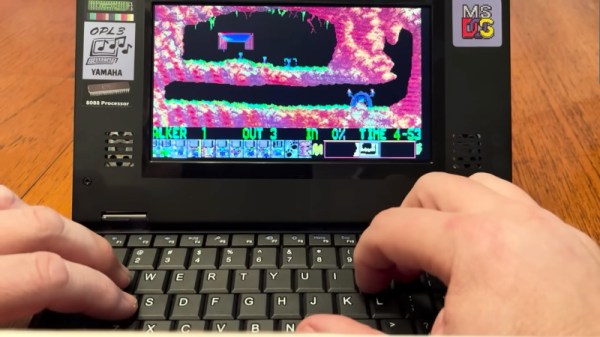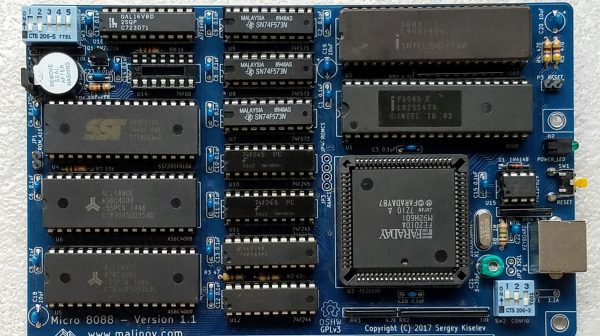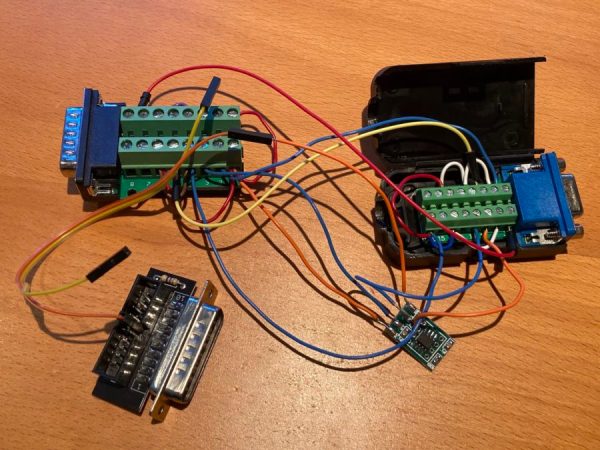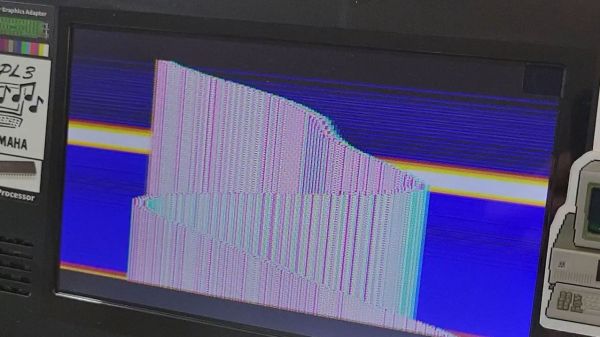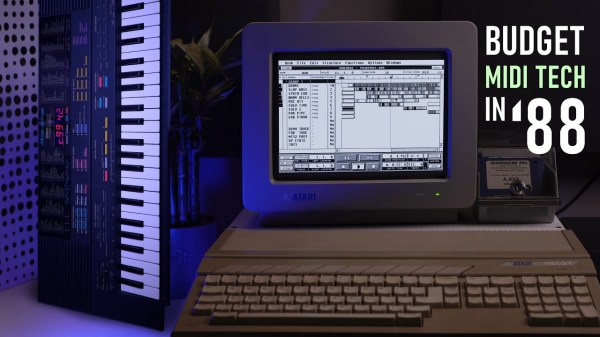Last year, a couple of rather unusual computers emerged from China: a 386sx-based palmtop and an 8088-based mini-laptop. The average person isn’t exactly clamoring for a DOS machine these days, but they attracted quite a bit of interest among the retrocomputing scene. Now the dust has settled, [The Retro Shack] has taken a Book 8088 and given it an honest review. Do you need portable 1980s computing in your life, and if so it this the machine to give you it?
The first impression of the machine is just how svelte it is, being like a small but chunky netbook. He explores the hardware and finds as expected an NEC V20 instead of the Intel part running the show, and what would have been a hugely expanded DOS PC back in the day with its VGA and sound card, not to mention a solid state hard drive.
We’re overcome with a bit of nostalgia here at the sight of DOS running Lemmings, and on a machine we’d have given anything to own back in the 1980s. His final conclusion is that it’s a very nice little PC but around $160 seems a little much for what is essentially a toy. We have sadly to agree with him though we really want one, though noting that such a machine would have retailed for a huge amount more than that in 1980s dollars and we’d have considered it a huge bargain then.
If you’re still curious, we covered the arrival of these machines last year.

